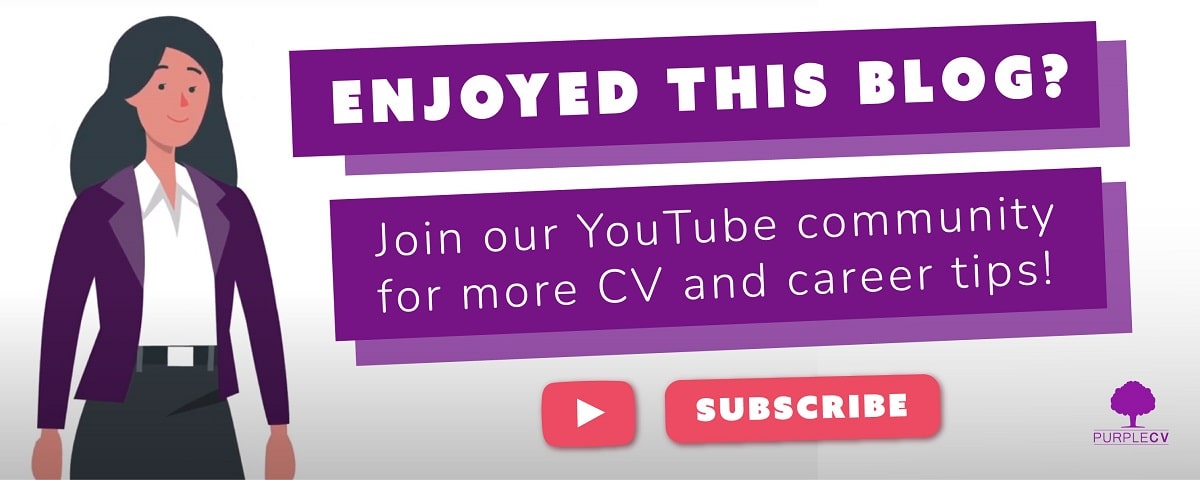You might have a long employment history and lots of transferable skills to discuss but your CV should only be a maximum of two pages long, generally speaking.
However, you’re keen to put in as much detail as possible about your various roles so you’re left wondering “how far back should a CV go?”.
You have different options but here we discuss four approaches you could take to ensure your CV is effective and succinct, no matter how complex or extensive your work history.
1. The traditional approach
A quick search online will pull up a lot of conflicting answers to the question of how far back your CV should go.
Most advise the traditional 10 years and if you’re applying for a straightforward role then this is an ideal period of time.
Others suggest going 15 years back but you will need to ask yourself if this experience is still relevant.
Consider, for instance, how many technological advancements there have been over the past decade or two – are there examples of computer software you used in the past but not so much now? This experience may no longer be relevant.
Skills like leadership and management, however, will always be relevant so don’t miss the opportunity to talk about them.
More traditional applications should go back about 10-15 years depending on the relevancy of previous work experience.
2. An approach based on the role
Each job role will need a slightly different approach.
One rule to always follow, no matter the position you’re in, is to consider the specific role you are applying for. What skills are they asking for? What experience are they looking for?
If you already have a CV, flick through it and pull out the most relevant points.
Only really focus on roles that are relevant to the job you are applying for and leave the rest as headlines. This will keep your CV concise and should prevent any gaps in your work history.
Focus on the specifics of the role rather than your whole employment history. This way you can mould your CV around the requirements they are looking for and make it easier for your recruiter to see your skills.
Get that CV written by us!
Early Career CV
0-3 Years' ExperienceNext Step CV
3-10 Years' ExperienceAdvanced Career CV
Over 10 Years' ExperienceSpecialist CV
For Niche Professions3. Using LinkedIn as an extension
It can be surprisingly easy to forget about LinkedIn during the application process.
If you are worried your CV doesn’t show your full employment history or include enough information, update your LinkedIn with a full profile.
If the employer or recruiter likes the sound of your most recent experience, they can check you out online to get an idea of the full picture.
Make sure you include your LinkedIn details under your contact information to encourage them to look and make it easier to find you.
If you choose to use LinkedIn with your application, stick to more relevant roles on your written CV but encourage an employer to check out your profile if you think it is important to see your progression.
4. The process of elimination
Ensure your CV doesn’t run too long by employing a process of elimination. Remember – a CV is best left at two pages maximum so try listing your employment history, from the most recent to the oldest, until you run out of pages.
This method works if you’re struggling to decide whether to cut your CV at 10 or 15 years.
Recruiters can, and often will, contact you for more detail if they need it.
If you’re really struggling, write until you run out of pages. But remember to keep your CV brief and easy to skim read. This will help you cut anything out that you really don’t need.
So, how far back should a CV go? Summing up
Hopefully you’ve got some options above.
Ideally you should be focusing largely on the last 10 years or so but it’s best to tailor the CV to the specific role. Look closely at the job specs to work out which skills and experience will be relevant.
Choose the most important and recent work to talk about fully on your CV, and leave the rest to headlines and highlights. Don’t neglect your LinkedIn profile though – use it as an extension of your CV.
Good luck – and please get in touch if you need any help!


